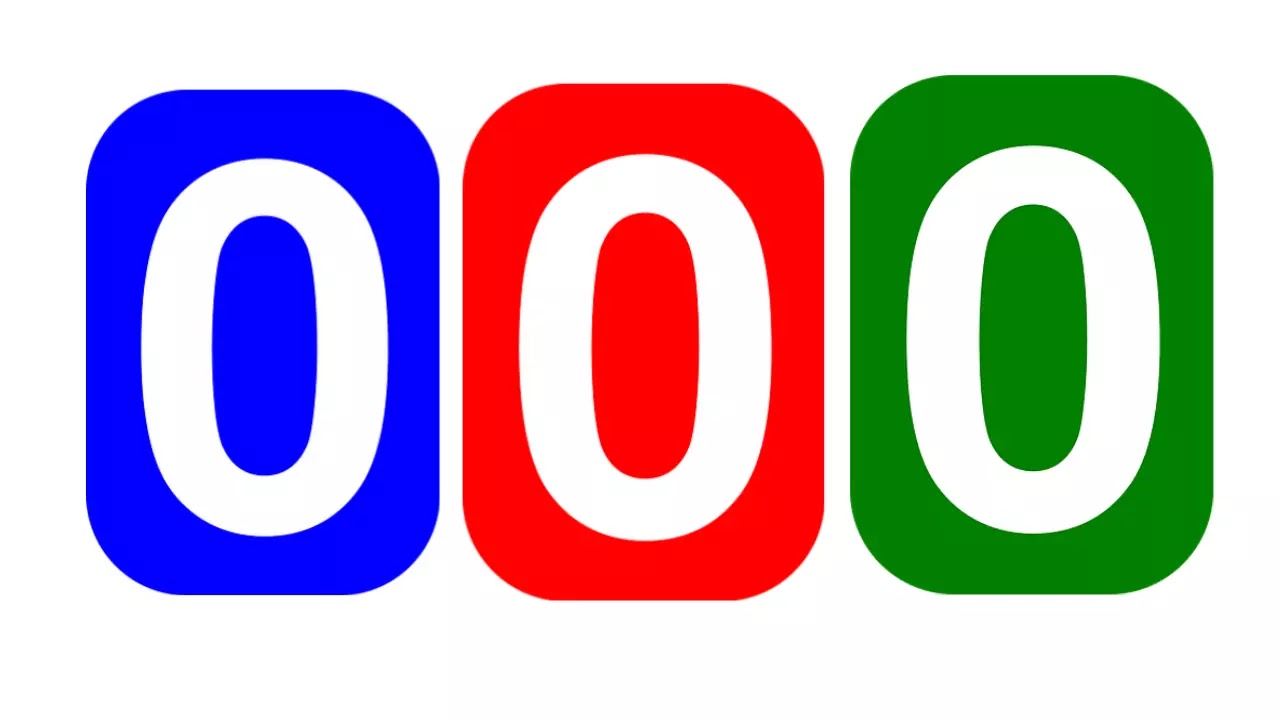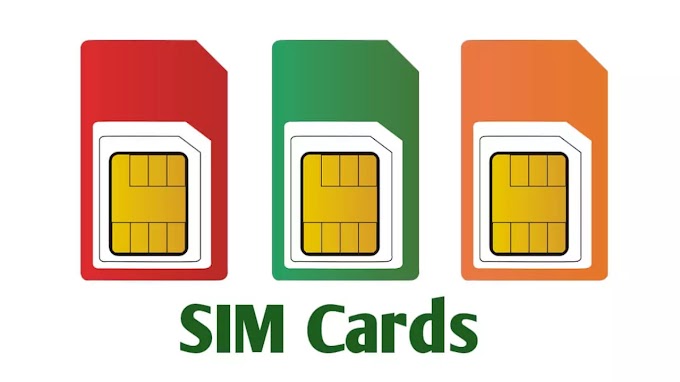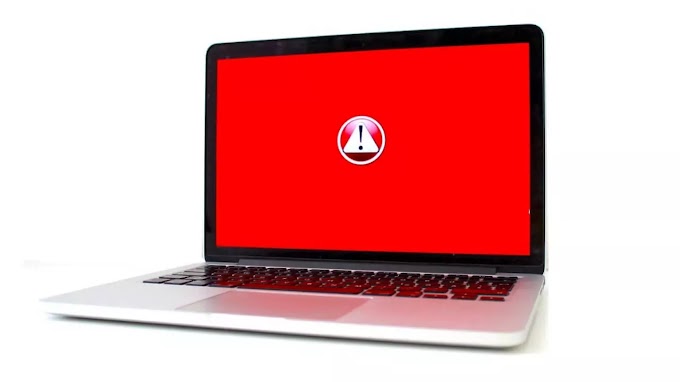Who discovered zero? Today we will tell you through our post on this popular website, who had discovered zero? Today we will know the name of the finder of the void, in this post as well as who did we search for our post zero?
I will also get many information about the person who searched for the void, then friends, this post till the last Do not forget to read.
The greatest discovery in the history of mathematics differed greatly from the invention of zero ("0", Zero).
For the first time, in which civilization and in which country was the use of zero and for what happened it was a matter of controversy.
But the carbon dating of the mark of zero inscribed in the Bakhshali manuscript recently received in India has proved that the first use of zero in mathematics was done by Hindus even 500 years before Aryabhata.
The Bakshali manuscript is written on the Bhojpatra in the Sarada script, which was excavated in 1881 in a village near Peshawar. This manuscript contains 70 bhojpatras, which according to experts was some kind of mathematics training manual for traders.
The earliest written proof of zero (ZERO)
From 1902, researchers in the Bodleian Library of Britain, where this manuscript was kept, believed that they belong to the seventh or eighth century.
But the most surprising thing is that the time of this manuscript in the radio carbon dating done by scientists has come out in the 3rd or 4th century which is about 500 years before this manuscript. And proves to be ancient.
In the view of mathematicians around the world, Aryabhata was the first person who first made extensive use of zero in mathematics. But the signs of hundreds of zeros inscribed in the Bakshali manuscript have made its existence more ancient.
Indian astronomer and mathematician Brahmagupta first defined zero and its experiment in 628 AD in his book Brahmasfutasiddhanta.
In this book Brahmagupta uses a special symbol for the void. Despite using mathematics, the ancient Greeks had no symbol for zero. The Babylonian people used zero as a placeholder.
Evolution in India as a Mathematical Concept of Zero has been influenced by projections about zero and infinite in the Indian philosophical and cultural tradition.
Initially Greeks used to think that how can the value of zero be attained? When zero means nothing.
Kharib used to write the numbers in Hieroglyph in ancient Egypt in 3000 BC. There used to be different symbols of 1, 10, 100, 1000, 10000, 100000 and 1000000 (million).
For example, if you wanted to write 112, we would write like this.
After this, the Babylonians used the sexa gesimal system. It is believed that this sexgresimal system was taken from the Sumerians.
The number system of the Greeks was similar to that created by looking at the Babylonian numerical system. The Maya civilization used vigesimal systems.
But first, Zero was started in India as a number.
Which was used by Aryabhata in the 5th century. Those who have been the most powerful mathematicians of India, Brahmagupta described the rules of zero in the 7th century after Aryabhata.
Apart from this, Zero was also written on the leaves of the Chaturbhuja Temple of Gwalior. Zero was used in Bakshali Manuscript, India's oldest mathematics script. At that time, zero was used as a dot (.).
Zero from India reached China, and from there to the Middle East, the powerful mathematics of the Middle East,
Muhammad ibn-Musa al-Khowarizmi, began to write Zero from dot to oval shape and used it in Algebric operations. That is why it is called Hindu-Arabian Numerical System.
Zero was opposed by Christian Religious Leaders in Europe. He believed that God is everything, if there is nothing, he is a devil,
Which means zero and considered zero as devilish. But the merchants there started using it by theft.
In around 1200 Ad, the Italian Mathematics Fibonacci introduced zero in Europe. Zero was used in Europe after almost 1000 years from India.
At first, zero was spoken in India, when it reached the Middle East, it was called cipher, which reached Italy, became Zephero and began to speak zero in French and then in English.
I will also get many information about the person who searched for the void, then friends, this post till the last Do not forget to read.
The greatest discovery in the history of mathematics differed greatly from the invention of zero ("0", Zero).
For the first time, in which civilization and in which country was the use of zero and for what happened it was a matter of controversy.
In the world, it was believed that the first Indian mathematician Aryabhata used zero.
But the carbon dating of the mark of zero inscribed in the Bakhshali manuscript recently received in India has proved that the first use of zero in mathematics was done by Hindus even 500 years before Aryabhata.
The Bakshali manuscript is written on the Bhojpatra in the Sarada script, which was excavated in 1881 in a village near Peshawar. This manuscript contains 70 bhojpatras, which according to experts was some kind of mathematics training manual for traders.
The earliest written proof of zero (ZERO)
From 1902, researchers in the Bodleian Library of Britain, where this manuscript was kept, believed that they belong to the seventh or eighth century.
But the most surprising thing is that the time of this manuscript in the radio carbon dating done by scientists has come out in the 3rd or 4th century which is about 500 years before this manuscript. And proves to be ancient.
In the view of mathematicians around the world, Aryabhata was the first person who first made extensive use of zero in mathematics. But the signs of hundreds of zeros inscribed in the Bakshali manuscript have made its existence more ancient.
Use of zero
Indian astronomer and mathematician Brahmagupta first defined zero and its experiment in 628 AD in his book Brahmasfutasiddhanta.
In this book Brahmagupta uses a special symbol for the void. Despite using mathematics, the ancient Greeks had no symbol for zero. The Babylonian people used zero as a placeholder.
Evolution in India as a Mathematical Concept of Zero has been influenced by projections about zero and infinite in the Indian philosophical and cultural tradition.
Who Invented zero
Initially Greeks used to think that how can the value of zero be attained? When zero means nothing.
Kharib used to write the numbers in Hieroglyph in ancient Egypt in 3000 BC. There used to be different symbols of 1, 10, 100, 1000, 10000, 100000 and 1000000 (million).
For example, if you wanted to write 112, we would write like this.
After this, the Babylonians used the sexa gesimal system. It is believed that this sexgresimal system was taken from the Sumerians.
The number system of the Greeks was similar to that created by looking at the Babylonian numerical system. The Maya civilization used vigesimal systems.
But first, Zero was started in India as a number.
Which was used by Aryabhata in the 5th century. Those who have been the most powerful mathematicians of India, Brahmagupta described the rules of zero in the 7th century after Aryabhata.
Apart from this, Zero was also written on the leaves of the Chaturbhuja Temple of Gwalior. Zero was used in Bakshali Manuscript, India's oldest mathematics script. At that time, zero was used as a dot (.).
Zero from India reached China, and from there to the Middle East, the powerful mathematics of the Middle East,
Muhammad ibn-Musa al-Khowarizmi, began to write Zero from dot to oval shape and used it in Algebric operations. That is why it is called Hindu-Arabian Numerical System.
Zero was opposed by Christian Religious Leaders in Europe. He believed that God is everything, if there is nothing, he is a devil,
Which means zero and considered zero as devilish. But the merchants there started using it by theft.
In around 1200 Ad, the Italian Mathematics Fibonacci introduced zero in Europe. Zero was used in Europe after almost 1000 years from India.
At first, zero was spoken in India, when it reached the Middle East, it was called cipher, which reached Italy, became Zephero and began to speak zero in French and then in English.












